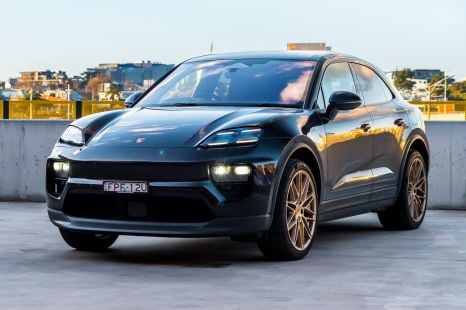

James Wong
2026 Porsche Macan review: Long-term introduction
46 Minutes Ago
Global rollout of production FCEV trucks begins in Europe now, with China and the US major focuses. Next-gen FCEV tech with 1000km range promised for RHD markets inside a few years. Projecting better payload and quicker refills than EV trucks, and diesel parity as soon as 2030.

Senior Contributor
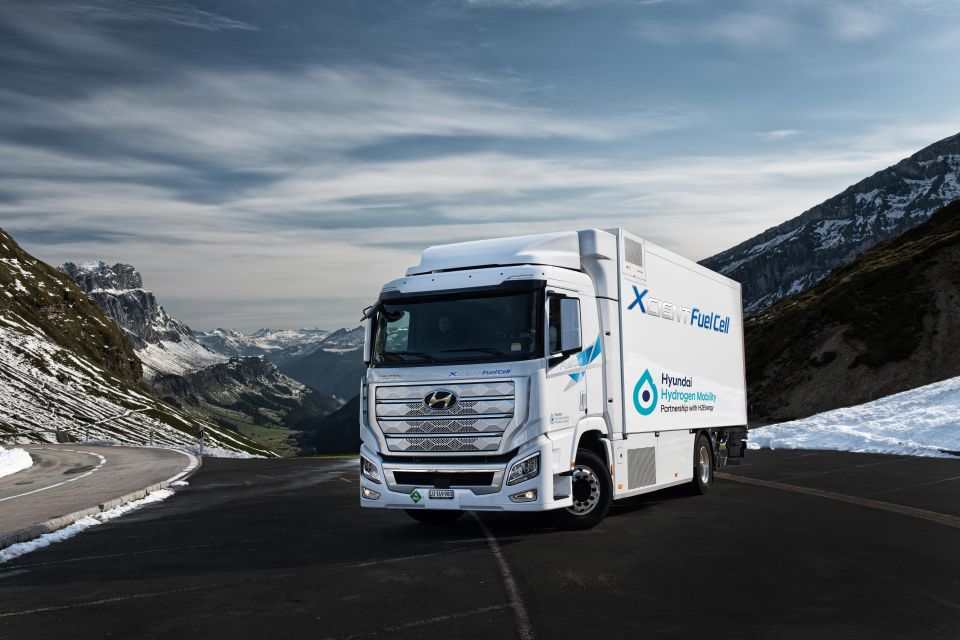

Senior Contributor
Hyundai Motor (HMC) is ramping up production of hydrogen fuel-cell trucks that emit only water, with the goal of steadily replacing diesel-dominated logistics fleets worldwide.
Before we dive in, here’s a top-down view of the Hyundai hydrogenannouncement and the state of play with hydrogenvehicles:

Hyundai this week delivered the first seven left-hand drive (LHD) Hyundai Xcient fuel-cell electric (FCEV) trucks into Switzerland, with 50 total planned by year’s end.
The Korean juggernaut bills the Xcient as “the world’s first mass-produced fuel cell electric heavy-duty truck” that runs on pressurised hydrogen, which is turned into electricity onboard when combined with oxygen. The range is understood to be about 400km.
The selling point is an equivalent driving range and refilling times (through a fuelling station installed in an industrial base designed for constant use) to a diesel truck – unlike a slower-charging battery truck that requires more downtime – with none of the tailpipe NOx or CO2 emissions.
It’s designed to tow up to 26 tonnes or carry about 9t in rigid form, and has two 95kW fuel cell stacks pinched from the Hyundai Nexo FCEV SUV and a 350kW/3400Nm Siemens motor/inverter. It carries a 73kWh battery but also 32kg of hydrogen, refilled at 350 bar.

Production capacity for the FCEV truck will grow to 2000 units per annum from 2021 “to support its expansion into Europe, the USA and China as demand for clean mobility grows”. The company has pumped a claimed US$7.7 billion into the project.
In detailing its FCEV truck expansion, Hyundai says it projects to supply 1600 commercial FCEV trucks into Europe by 2025, and claims fleet partners such as Coop, Migros, Traveco, Galliker Logistics, Camion Transport, F. Murpf AG and G. Leclerc Transport AG has placed orders on its own Xcients.
Hyundai claims to have the business case for 100 refuelling stations across that country alone, and through joint-ventures with H2 and Hydrospider plans to roll out vital commercial filling infrastructure across Austria, Germany, the Netherlands and Norway.
It also projects more than 12,000 light, medium and heavy duty trucks to hit the US, and 27,000 to hit China, by 2030 – helped along by country-specific partnerships between the truck-maker and local infrastructure providers.
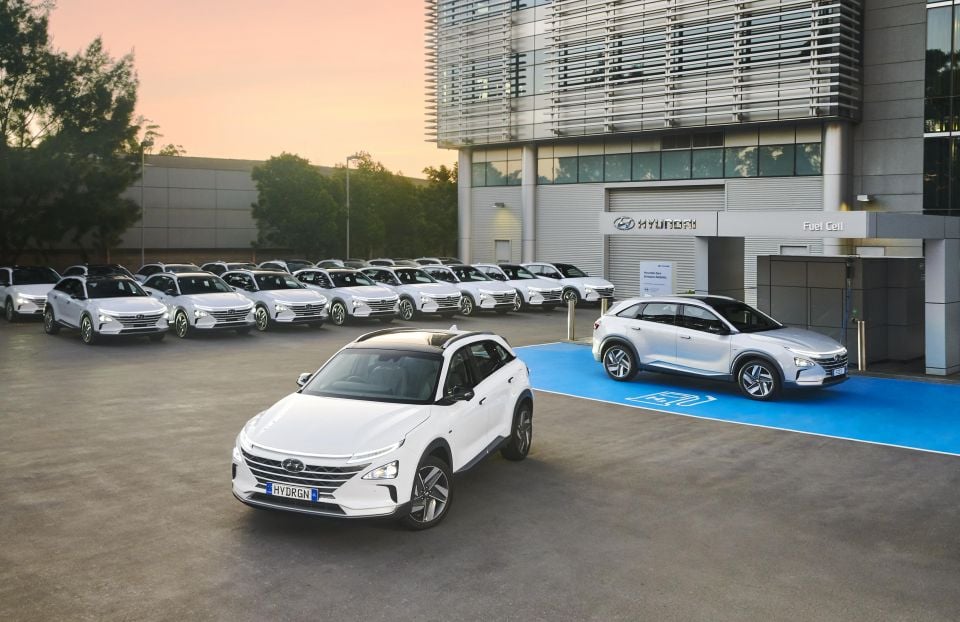
Australia
Australia has placed a big focus on generating hydrogen energy for export. There are major recognised opportunities to offshore hydrogen made with renewable energy (rather than through the natural gas chain) to Korea, Japan, and elsewhere as demand ramps up.
“Australia has one of the biggest potentials for creating hydrogen, Australia alone can produce all the energy for the world,” Hyundai Motor senior vice president of Hyundai Fuel Cell R&D, Dr Sae Hoon Kim, told us recently.
“Geographically it’s fairly close to Korea… and there was a study suggesting if you produced hydrogen and exported it, the cost will be about $3 (per kilo).
“So bless Australia, I think, because you have been selling coal and now you can also export the sunshine,” he added, alluding to using solar power to drive electrolysis to make hydrogen, or in other words storing the sun’s energy in H2.

In terms of products, the LHD Xcient FCEV is unlikely to come here – though garbage trucks can be LHD – however in 2024/25 Hyundai promises a full model change sitting on a dedicated FCEV truck platform with right-hand drive confirmed for the UK and Australia.
This next-gen truck is expected to have an e-axle and two 200kW fuel-cell systems, come in 4×2 and 6×2 rigid trucks or tractor cabs, a 44t GCW target, and a driving range per refill of 1000km.
If the H2 can be pressured at 700 bar, refilling times will be cut by a few minutes, and the system should theoretically weigh far less than a chassis full of batteries, growing the potential payload and improving economy.
So in summary, we’re expecting RHD FCEV trucks to lob in Australia from 2025, with commercially viable refillers in industrial areas designed designed to recoup their costs through heavy use. HMC expects cost parity with diesel trucks from as early as 2030.
MORE: Plans afoot to make hydrogen electrolysers and fuelers in Australia MORE: Hyundai Nexo hydrogen fuel-cell vehicle arrives in Australia MORE: 2020 Toyota Mirai review MORE: Daimler axes hydrogen car development
Where expert car reviews meet expert car buying – CarExpert gives you trusted advice, personalised service and real savings on your next new car.


James Wong
46 Minutes Ago
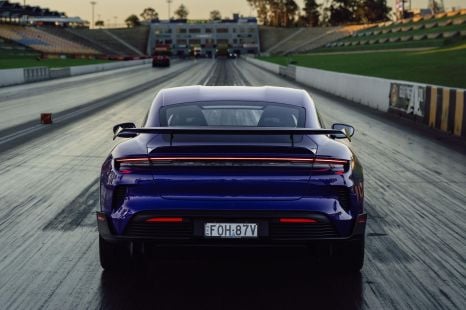

Toby Hagon
8 Hours Ago
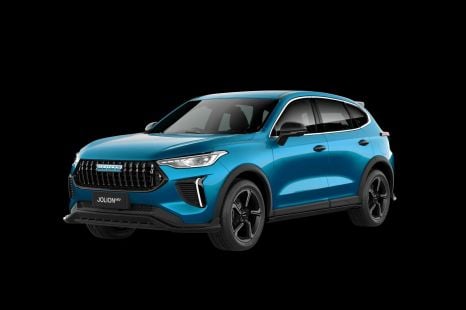

William Stopford
9 Hours Ago
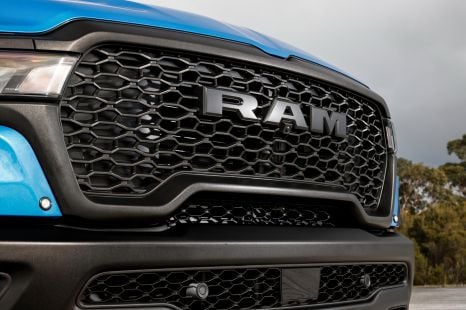

William Stopford
9 Hours Ago
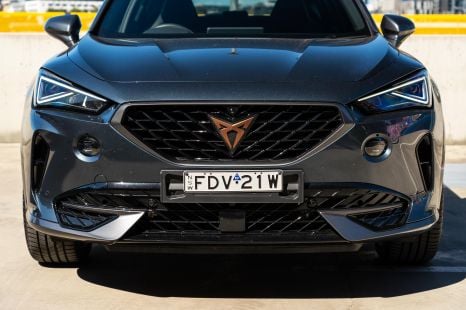

James Wong
11 Hours Ago
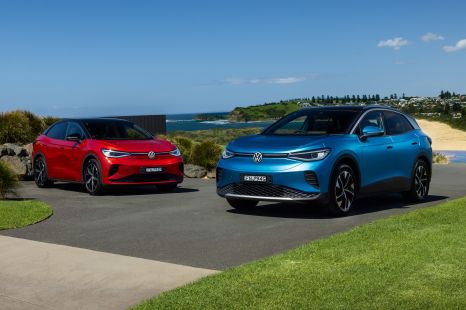

Damion Smy
13 Hours Ago